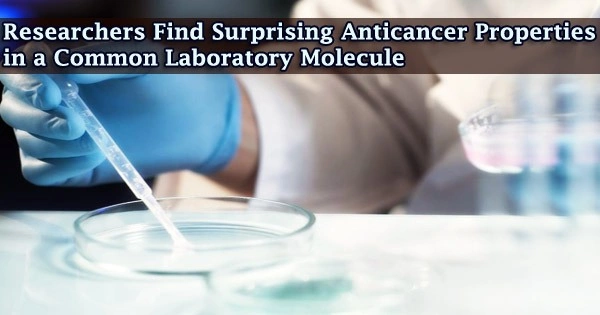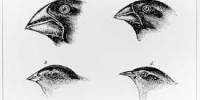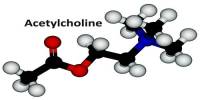Researchers at the UNC School of Medicine have made the startling discovery that a molecule called EdU, which is frequently used to label DNA in laboratory experiments, is actually recognized as DNA damage by human cells, setting off a runaway process of DNA repair that is ultimately fatal to affected cells, including cancer cells.
Given its toxicity and preference for rapidly dividing cells, the finding, which was reported in the Proceedings of the National Academy of Sciences, raises the possibility of employing EdU as the foundation for a cancer treatment.
“The unexpected properties of EdU suggest it would be worthwhile to conduct further studies of its potential, particularly against brain cancers,” said study senior author Aziz Sancar, MD, PhD, the Sarah Graham Kenan Professor of Biochemistry and Biophysics at the UNC School of Medicine and member of the UNC Lineberger Comprehensive Cancer Center.
“We want to stress that this is a basic but important scientific discovery. The scientific community has much work ahead to figure out if EdU could actually become a weapon against cancer.”
The popular scientific tool known as EdU (5-ethynyl-2′-deoxyuridine) was first created in 2008 as a chemical analog of the DNA building block thymidine, which stands for the letter “T” in the DNA code of adenine (A), cytosine (C), guanine (G), and thymine (T).
In laboratory tests, scientists add EdU to cells to replace the thymidine in DNA. It possesses a useful chemical “handle” that fluorescent probe molecules will firmly connect to, unlike other thymidine analogs. Thus, it may be used to identify and monitor DNA rather quickly and effectively, for instance in studies of the DNA replication process during cell division.
This method of using EdU as a tool by scientists has been documented in thousands of investigations since 2008. One such scientist is Sancar, who received the 2015 Nobel Prize in Chemistry for his important work on DNA repair.
The unexpected properties of EdU suggest it would be worthwhile to conduct further studies of its potential, particularly against brain cancers. We want to stress that this is a basic but important scientific discovery. The scientific community has much work ahead to figure out if EdU could actually become a weapon against cancer.
Aziz Sancar
When his group started employing EdU, it was a surprise to discover that EdU-labeled DNA induced a DNA repair response even when it wasn’t exposed to DNA-damaging substances like ultraviolet radiation.
“That was quite a shock,” Sancar said. “So we decided to explore it further.”
Following up on the odd observation, the team found that EdU changes DNA in a way that causes a repair reaction known as nucleotide excision repair, for still-unknown reasons.
In this procedure, a small section of damaged DNA is removed, and a new strand of DNA is synthesized in its stead. This system is responsible for repairing the majority of DNA damage caused by UV radiation, cigarette smoke, and chemotherapy medicines.
Since each new repair strand contains EdU and so triggers a new repair reaction, the researchers used high resolution mapping to identify the locations of EdU-induced excision repair across the genome.
Although the exact mechanism of EdU’s harmful effects on cells was unknown, this fact was recognized. The research team’s findings strongly imply that EdU kills cells by causing a runaway process of unsuccessful excision repair that ultimately causes the cell to kill itself through a process known as apoptosis, a type of programmed cell death.
According to Sancar, that finding was intriguing in and of itself because it indicated that those who label DNA with EdU should consider the fact that doing so can promote rapid excision repair.
“As we speak, hundreds and maybe thousands of researchers use EdU to study DNA replication and cell proliferation in lab experiments without knowing that human cells detect it as DNA damage,” Sancar said.
Sancar and colleagues also observed that EdU only incorporates into DNA in cells that are actively dividing, whereas most healthy cells in the brain are non-dividing, suggesting that EdU’s features may provide the basis for a successful brain cancer medication. Therefore, in theory, EdU might kill rapidly proliferating malignant brain cells while protecting steadily proliferating, healthy brain cells.
Sancar and his group intend to continue their previous partnerships with other academics to look into EdU’s potential anticancer effects.
“Prior studies have already found evidence that EdU kills cancer cells, including brain cancer cells, but strangely, no one has ever followed up on those results,” Sancar said.
















